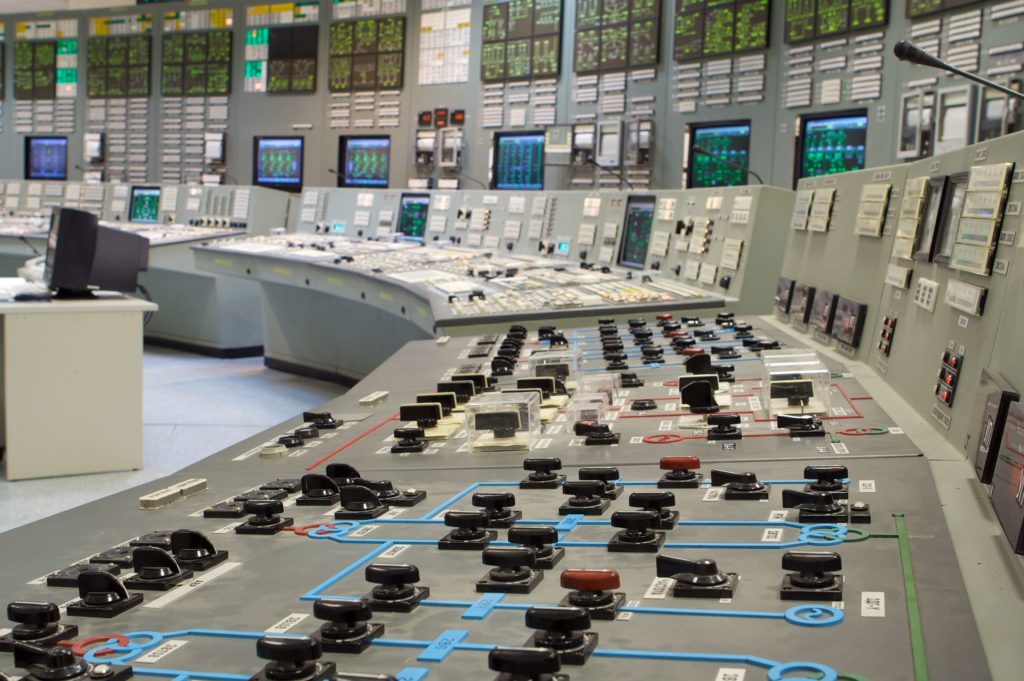Control room operators play a key role in the daily functions of many organizations, from traffic control centers to nuclear power plants. But it can be difficult to provide operators with the information they need to do their job effectively and in a way that provides the greatest benefit. This blog will provide an overview of how to maximize control room operator efficiency and situational awareness.
The Importance of Situational Awareness for Operators
One of the biggest factors that affects how well control room operators do their job is situational awareness. But what is situational awareness?
Situational awareness refers to the knowledge and environmental understanding that allows operators to make correct decisions in complex situations. Good situational awareness means operators understand what’s going on around them, along with the short- and long-term impact of their actions. They can gather information effectively, assess abnormal situations, and swiftly take corrective action.
On the other hand, operators with poor situational awareness are more likely to make potentially disastrous mistakes. An ill-equipped operator who makes the wrong decision at a critical time can cause harm to coworkers, the surrounding community, and the environment.

Which Factors Make Operator Decision-Making Difficult?
The number of information sources and data inputs operators must process has grown exponentially over time. Concurrently, industry standards, regulations, and operating procedures have become far more strict. When combined, all of these factors make an operator’s job more difficult.
It’s also very difficult to teach operators how to make decisions on the fly. Disturbances are required to help them build the experience they need to manage difficult situations. But in most cases, disturbances endanger the safety of others. This paradox is often addressed with the use of simulators during training.
What Does Operator Decision-Making Look Like?
We’ve already established that rational decision-making requires that operators have accurate, up-to-date information on the situation at hand. Without good situational awareness, operators may panic and take familiar shortcuts that diverge from logic and reason. These shortcuts can lead to inefficiencies, or in some cases, disaster.
In ideal conditions with good situational awareness, operator decision-making typically follows a similar thought process. It begins with a situational analysis, which is completed via:
- Observing the environment
- Recognizing deviations
- Finding root causes for those deviations
- Determining the consequences of those deviations
- Evaluating operational targets
The second part of the operator decision-making process includes action planning and execution:
- Deciding whether to act
- Intervening (or doing nothing, in which case the decision-making process terminates)
- Selecting the means and objectives of intervening
- Preparing counter-action plans
- Executing counter-action plans
- Giving commands
Big Data Visualization and Control Room Productivity
Increasing productivity, efficiency, safety, and environmental compliance starts with informed operators. But what is the best way for organizations to provide operators with a complete picture of the data they need to make the right decisions? The answer is big data visualization.
With terabytes of data generated daily by a wide variety of inputs, there’s a lot for operators to process. If this data is not streamlined, presented in context, and distilled based on importance, it can quickly become overwhelming. Big data visualization allows organizations to provide an integrated, real-time overview of relevant data for improved situational awareness and optimized decision-making.
Content and data management systems (like Mauell’s Xomnium) facilitate big data sharing and collaboration, making it possible to manage and optimize an organization’s assets. Barriers between different inputs can be systematically broken down, unifying systems that were isolated in the past. There are also opportunities for predictive and preventive maintenance, which improve control room operator efficiency.

How Integrated Data Systems Benefit Control Room Operators
In the past, operators were spread across disparate workstations that were set up in a haphazard way. Layouts weren’t as streamlined and logical as they could be, and cluttered workstations required operators to move between systems, both mentally and physically. If an operator was forced to leave their console, there was a possibility they could miss an event, slowing response times and decreasing the chances of early recovery.
Today, integrated data and content management systems give operators access to everything they need without leaving their desks. Unified workstations improve communication and efficiency, as operators can be grouped based on how frequently they interface with each other.
What is Human-Machine Interface?
Good human-machine interface (HMI) is a crucial aspect of any integrated data system. Effective HMI provides operators with the information they need to make timely decisions that bring the greatest benefit to the greatest number of people. On the other hand, bad HMI can increase operator workload and risk of user error.
Operators should have personalized profiles that allow them to access the information they need within two clicks. Additionally, each user group should have a unique display that’s customized with the essential information they need. This allows operators to collaborate both within and beyond their teams.
IP Networking Technology
Today’s control rooms also utilize IP networking technology to maximize control room efficiency and situational awareness. Gone are the days of direct-connected systems that limited operators’ ability to conveniently navigate between different data sources. IP-based solutions allow operators to monitor, access, and mitigate problems from a single networked computer.
So-called “AV-over-IP” technology is a more flexible and scalable option for control room operations, whether centralized or distributed. It also facilitates things like server sharing, multicasting, and video extension that supersedes the limitations of traditional KVM (keyboard video mouse). And since every input can be displayed on control room video walls, operators can respond more quickly in mission-critical situations.

